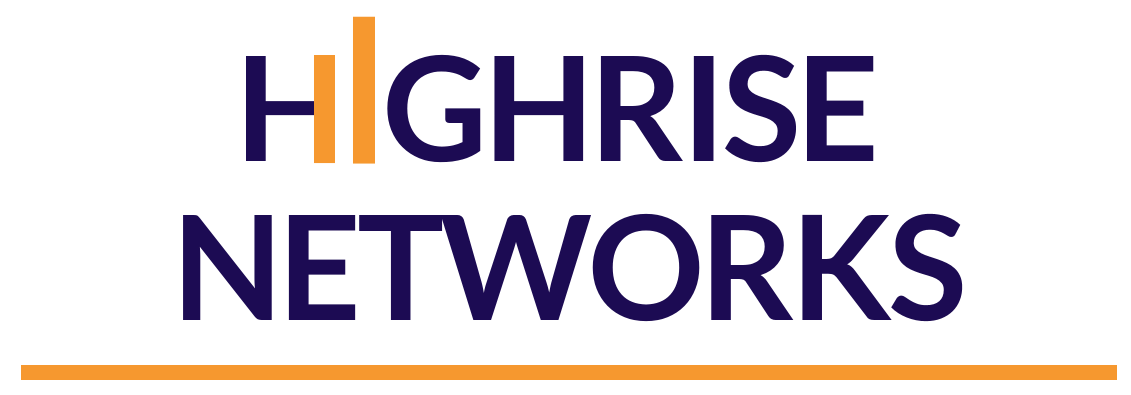NOISE – CAN YOU HEAR ME NOW?
Manufacturing 0 replies 0 likes 0 votes 505 viewsAccording to the Occupational Safety and Health Administration (OSHA), National Institute for Occupational Safety and Health (NIOSH), and the World Health Organization (WHO), noise is a serious health concern in the 21st century. Although Personal Protective Equipment (PPE) is seemingly the least expensive and simplest control for noise, PPE is also the least effective. It relies on personnel to utilize the correct PPE at the appropriate times.
Approximately 22 million workers are exposed to hazardous noise levels each year in the United States, and over 10 million US workers have diagnosed Noise-Induced Hearing Loss (NIHL).(1) Industries with a high number of workers exposed to loud sounds include construction, agriculture, mining, manufacturing, utilities, transportation, and the military. Excessive noise can lead to a range of health problems for all citizens, but a growing number of non-industrial workers, including restaurant and school employees, are experiencing this irreversible occupational hazard.
Noise in U.S. industry is an extremely difficult problem to monitor, acknowledges Craig Moulton, a senior industrial hygienist for OSHA. “Still,” he says, “OSHA does require that any employer with workers overexposed to noise provide protection for those employees against the harmful effects of noise. Additionally, employers must implement a continuing, effective hearing conservation program as outlined in OSHA’s Noise Standard.”
Sounding Out Realistic and Effective Solutions
SCS Engineers Industrial Hygienists utilize the hierarchy of controls when developing solutions that involve elimination, substitution, and engineering controls as the first steps to controlling excessive noise. Only when a solution cannot be identified or implemented from these controls, do we look to administrative controls and PPE.
“When we design our investigations and remediation plans to address specific noise issues, we are also sensitive to the costs associated with expensive analytical testing,” states <a href="
National Experts">Jed Douglas, Industrial Hygiene National Expert. We find cost-effective and lasting solutions by:
- Eliminating or substituting equipment and sources of noise before facility construction
- Specifying sound dampening materials during building design as an engineering control
- Evaluating noise data collected in your facility, identifying and pinpointing problem areas
- Preparing schedules and administrative controls to reduce employee exposure
- Selecting realistic corrective measures to control noise
- Performing noise sampling after remediation measures the effectiveness of new controls
SCS has completed numerous noise investigations and sampling for various facilities, such as schools, offices, warehouses, industrial and commercial buildings. <a href="
Health and Safety">SCS’s Industrial Hygienists help building owners, facility engineers, property managers, attorneys, insurance companies, and municipalities with investigations and remediation of the factors contributing to excessive loud noise, including area sampling and surveys of personal exposure for regulatory compliance. We can also help with hearing protection programs, medical monitoring programs, and the selection of PPE.
Additional Information
Noise pollution, also known as environmental noise or sound pollution, is the propagation of noise with ranging impacts on the activity of human or animal life. Machines, transport, and propagation systems mainly cause the sources of outdoor noise worldwide including: highways; construction activities; urban congestion; power generation; public transportation; recreational vehicles; home power tools; yard maintenance; and, air cooling equipment.
Common sources contributing to harmful industrial loud noise:
- Manufacturing assembly lines
- Fans
- Internal combustion engines
- Jackhammers
- Leaf blowers
- Compressors
- Welding, grinding, and cutting metal
- Heavy construction equipment
- Transportation
- Mining
- Military operations
- Airplanes
Health effects from loud noise include:
- Stress
- Fatigue
- Poor concentration
- Hearing loss
- High blood pressure
- Tinnitus, ringing in your ear(s)
- Cardiovascular disease
- Cognitive impairment
- Synergistic hearing loss from interaction with ototoxic chemicals such as:
- Antibiotics
- Diuretics
- Chemotherapeutics
- Antiseptics (alcohols)
- Heavy metals (mercury and lead)
- Solvents (toluene and xylene)
- Pesticides
